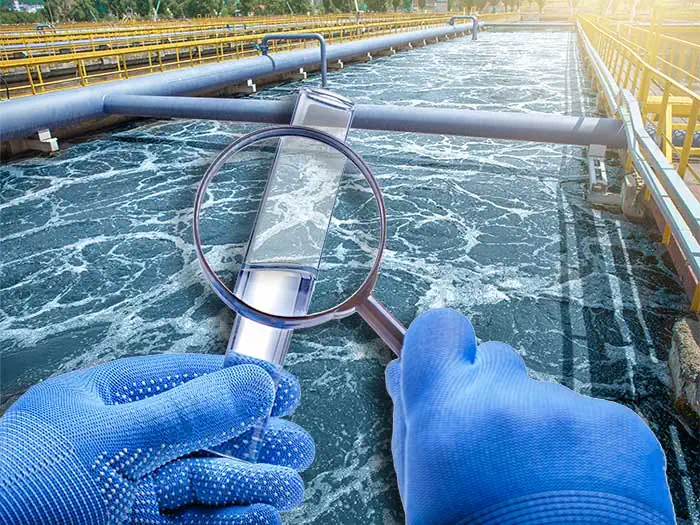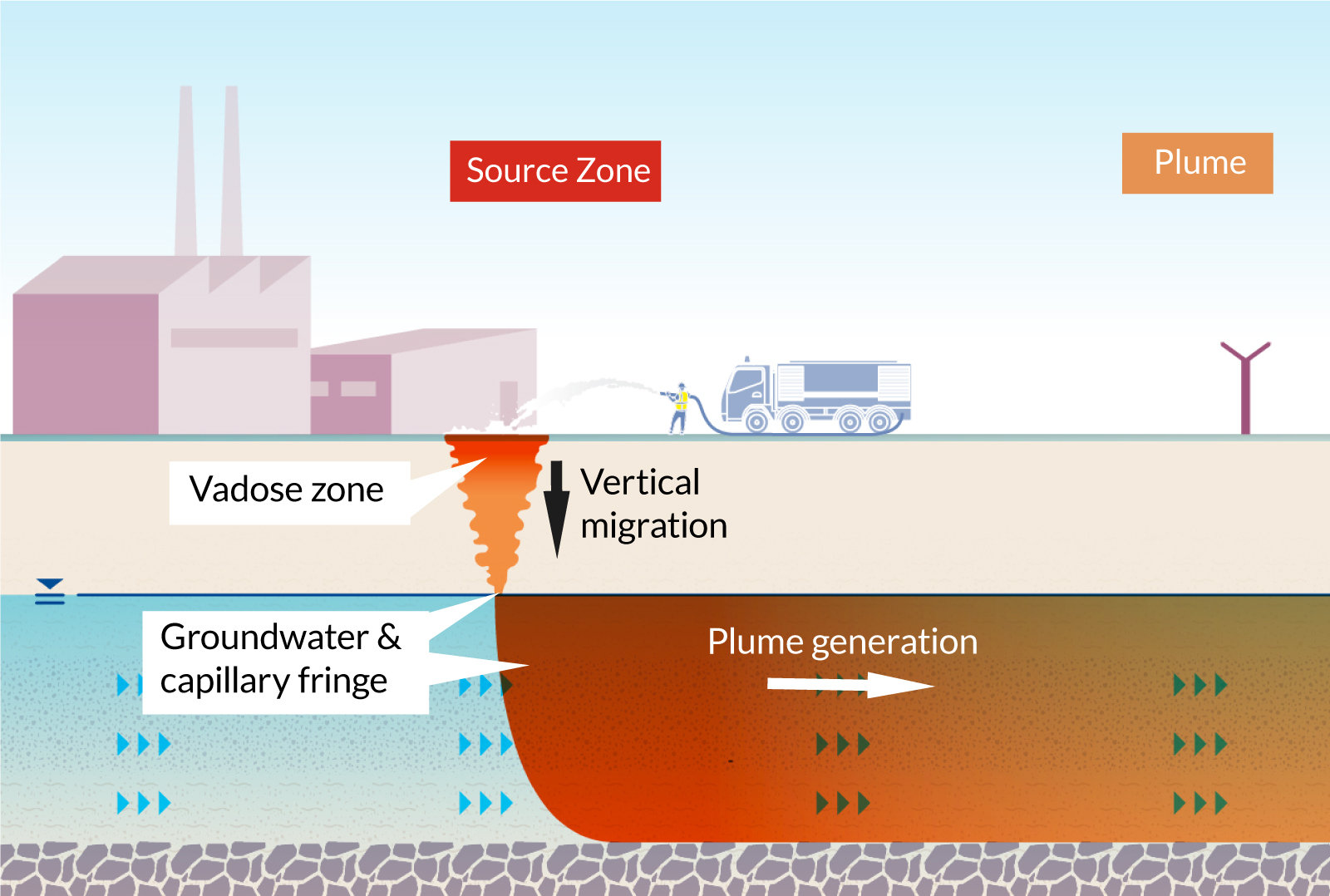Why PFAS Treatment Is Crucial for Reducing Harmful Chemical Exposure
Your Overview to PFAS Therapy Technologies and Perks
The prevalence of PFAS contamination in water sources requires a comprehensive understanding of readily available therapy technologies. Each technology not just targets details PFAS compounds but likewise plays a crucial role in enhancing total water top quality and protecting environmental integrity.
Comprehending PFAS Contamination
Comprehending PFAS contamination is important for resolving its pervasive effect on ecological and human wellness (m270 pfas treatment). Per- and polyfluoroalkyl materials (PFAS) are a team of artificial chemicals commonly utilized in different industrial and consumer products due to their water- and grease-resistant residential or commercial properties. Typically discovered in firefighting foams, non-stick kitchenware, and water-repellent materials, PFAS have actually gone into the atmosphere with production procedures, wastewater discharges, and leaching from garbage dumps
When launched, these compounds continue in the atmosphere, causing prevalent contamination of dirt and water resources. Their special chemical framework, identified by solid carbon-fluorine bonds, provides them immune to destruction, leading to a sensation referred to as "forever chemicals." Subsequently, PFAS can accumulate in the body and the food chain, possibly causing negative health and wellness impacts, consisting of body immune system disruption, developing problems, and an enhanced threat of certain cancers cells.
Regulatory firms and health and wellness organizations are increasingly identifying the significance of PFAS contamination, triggering efforts to check, assess, and minimize its impacts. Recognizing the pathways of PFAS contamination is important for informing public plan and establishing reliable techniques to shield both environmental and human health.
Review of Therapy Technologies
Various therapy technologies have been established to deal with the challenges presented by PFAS contamination in water and soil. These modern technologies can be extensively classified right into a number of categories, each with its distinct mechanisms and efficiency in removing PFAS substances.
One prominent method is ion exchange, which uses material materials to record and get rid of PFAS from polluted water. An additional modern technology, progressed oxidation processes (AOPs), uses solid oxidants and ultraviolet light to break down PFAS into less unsafe materials.

Turned On Carbon Filtration
Turned on carbon filtering is an extensively utilized approach for the elimination of PFAS from contaminated water, understood for its capability to adsorb a broad variety of organic compounds. This innovation utilizes triggered carbon, an extremely porous material with an extensive area, which helps with the binding of PFAS molecules with physical adsorption. The efficiency of triggered carbon in getting rid of PFAS is affected by numerous variables, consisting of the kind of carbon made use of, the contact time, and the concentration of PFAS in the water.
One of the benefits of activated carbon filtering is its flexibility; it can be carried out in various arrangements, such as granular activated carbon (GAC) systems or powdered triggered carbon (SPECIAL-INTEREST GROUP) systems. GAC systems are usually used in larger-scale applications, while political action committee can be used in smaller sized or short-lived configurations. read what he said Moreover, the innovation is relatively very easy to run and preserve, making it accessible for several water therapy facilities.

Ion Exchange Systems
Ion exchange systems represent one more efficient method special info for the removal of PFAS from contaminated water, enhancing methods like activated carbon filtration. These systems operate the principle of trading ions in the water with ions hung on a resin product. Ion exchange resins can be particularly developed to target the adversely charged PFAS substances, efficiently capturing them and permitting cleaner water to travel through.
One of the primary advantages of ion exchange systems is their ability to get rid of a variety of PFAS, consisting of both long-chain and short-chain variants. This versatility makes them appropriate for different applications, varying from metropolitan water treatment to commercial processes. Furthermore, ion exchange systems can typically attain reduced detection limits for PFAS contrasted to a few other therapy approaches, hence boosting water high quality.
Nevertheless, it is important to check and take care of the regrowth of ion exchange media, as the performance can decrease with time because of saturation. Proper upkeep and substitute of the resin are important for maintaining the system's performance. Generally, ion exchange systems provide a trustworthy and effective option for PFAS elimination, contributing considerably to risk-free drinking water standards and ecological defense.
Advanced Oxidation Processes
Advanced Oxidation Processes (AOPs) make use of powerful oxidants to effectively deteriorate PFAS compounds in contaminated water. These ingenious therapy approaches create very responsive varieties, such as hydroxyl radicals, that can damage down intricate PFAS particles right into much less harmful byproducts. m270 pfas treatment. AOPs usually utilize combinations of ultraviolet (UV) light, ozone, hydrogen peroxide, or Fenton's reagent, improving the oxidation possibility and improving deterioration effectiveness
The key benefit of AOPs lies in their capability to target a wide range of PFAS compounds, consisting of both long-chain and short-chain variations. This adaptability is important, as PFAS contamination often includes blends redirected here of different substances with varying chemical frameworks. Moreover, AOPs can be incorporated into existing water therapy systems, making them a practical remedy for lots of municipalities and markets.
Nonetheless, the application of AOPs can be resource-intensive, needing careful consideration of functional prices and energy consumption. In addition, while AOPs are effective in breaking down PFAS, they might not completely get rid of all results, necessitating further therapy actions - m270 pfas treatment. Generally, AOPs stand for a promising opportunity for attending to PFAS contamination, adding to cleaner water resources and enhanced public health protection

Verdict
By choosing the suitable technology, neighborhoods can improve water quality, secure public health and wellness, and mitigate the ecological threats associated with PFAS direct exposure. Proceeded study and execution of these approaches are necessary for reliable management of PFAS contamination in influenced locations.